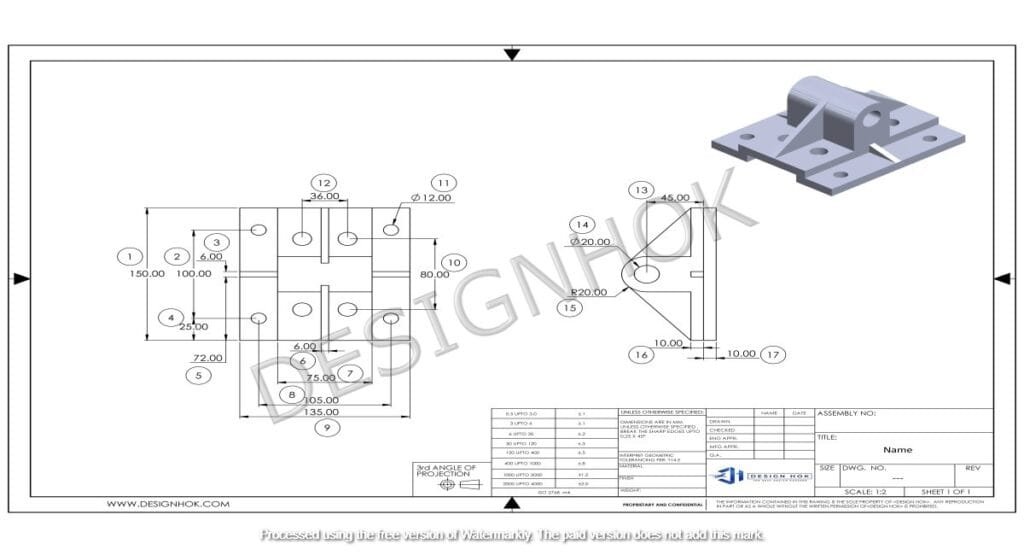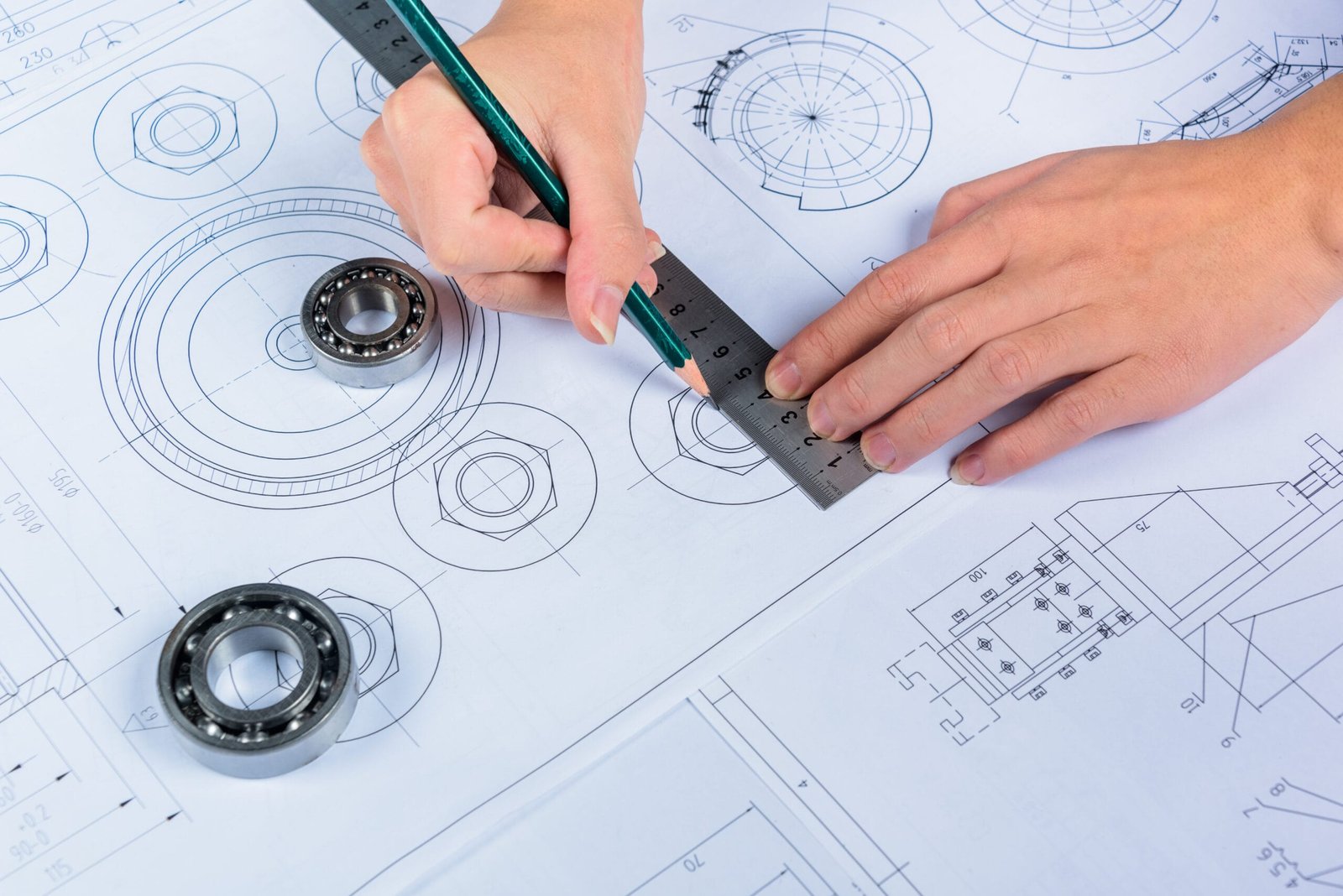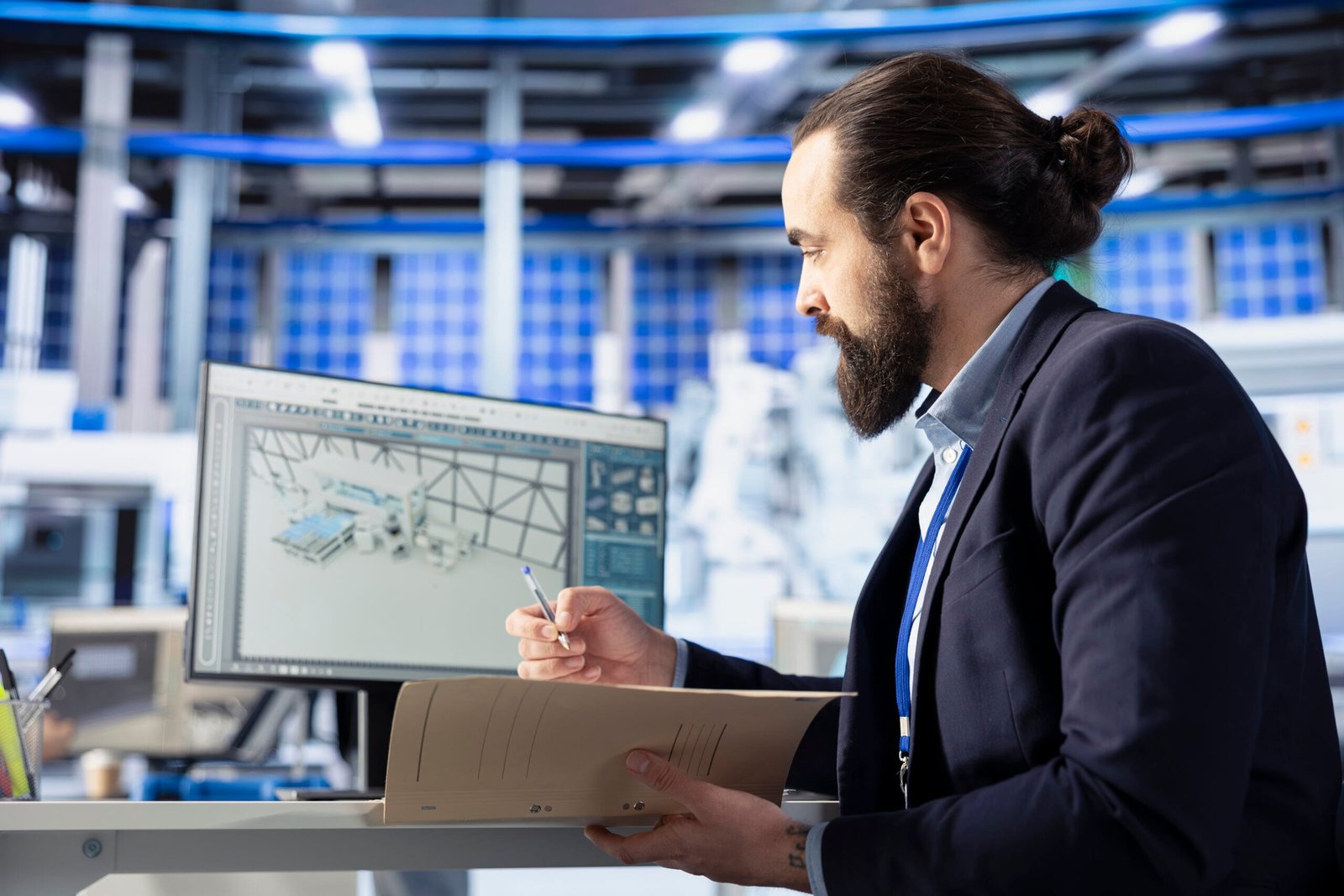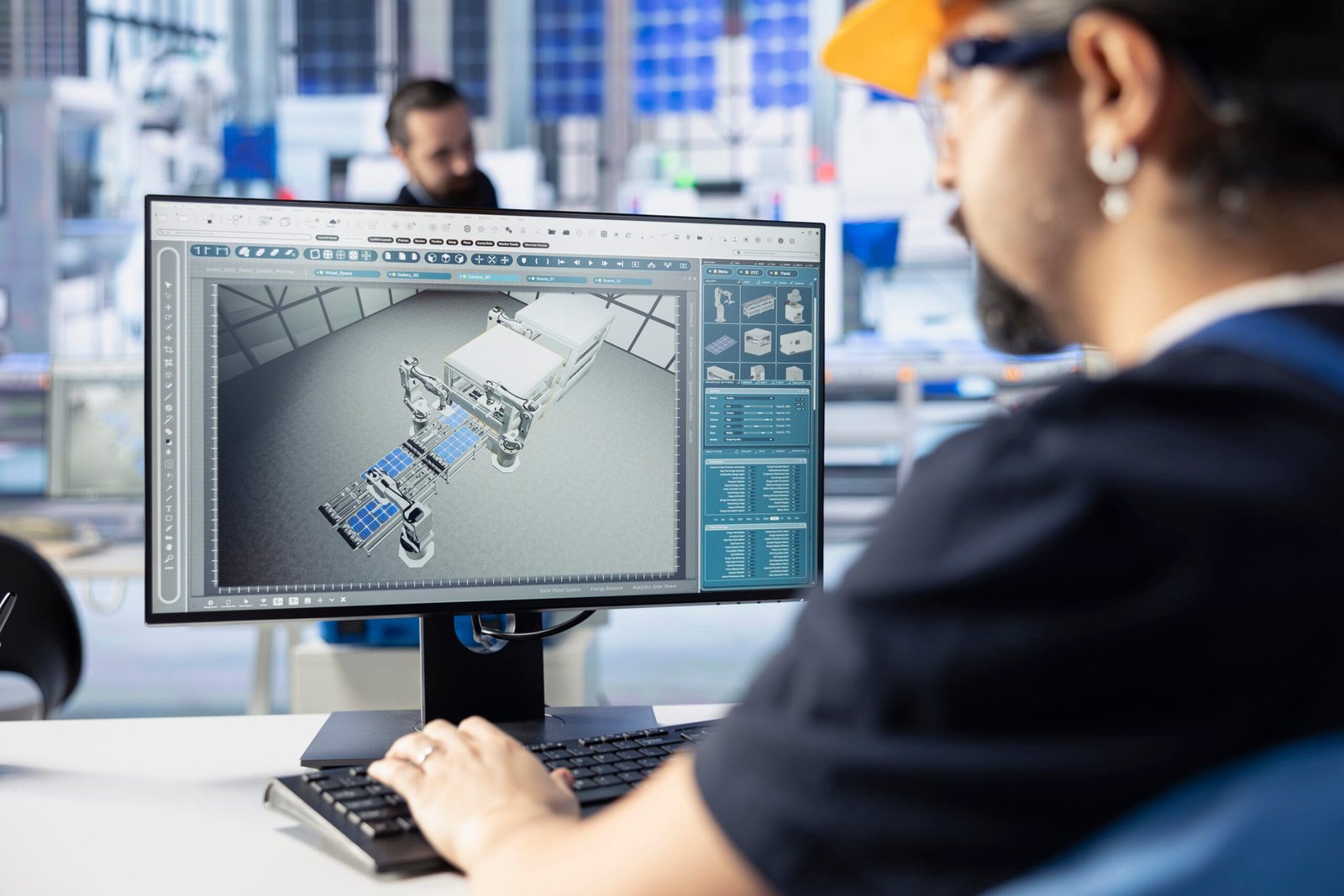Description:
Explore How 3D Modeling is Used in Mechanical Design revolutionizes mechanical design, from prototyping to production. Learn how engineers and designers use digital models to enhance precision, efficiency, and innovation across industries.
Introduction
How 3D Modeling is Used in Mechanical Design has always been at the core of innovation, from building the earliest machines to creating today’s high-tech equipment. As technology has advanced, so too have the tools used to create and perfect mechanical designs. One of the most transformative tools today is How 3D Modeling is Used in Mechanical Design. By creating detailed digital representations of mechanical parts and assemblies, designers and engineers can bring ideas to life with greater accuracy, speed, and efficiency.
In this blog, we’ll dive deep into How 3D Modeling is Used in Mechanical Design, the advantages it offers, real-world applications, and why it has become an essential part of the engineering process.
What is 3D Modeling in Mechanical Design?
3D modeling in mechanical design refers to the process of creating a digital three-dimensional representation of a mechanical part, component, or assembly using specialized software. These models replicate the shape, size, and features of real-world objects, allowing engineers to visualize and refine their designs long before they are manufactured.
Unlike 2D drawings that offer only flat views, 3D models give a complete view from all angles. They also allow the simulation of physical behaviors such as stress, movement, and thermal effects, making them a powerful tool for testing and analysis.

How 3D Modeling is Used in Mechanical Design
1. Conceptualization and Visualization
Before building a physical prototype, mechanical engineers use How 3D Modeling is Used in Mechanical Design to turn ideas into virtual designs. This allows designers to visualize complex parts, explore different concepts, and refine ideas without committing to expensive manufacturing early in the process.
Example:
Designers creating a new engine component can model multiple variations, adjusting dimensions and materials in real-time to find the best solution.
2. Prototyping and Testing
Through 3D modeling, engineers can create digital prototypes that simulate real-world performance. Virtual simulations help test aspects like load-bearing capacity, thermal resistance, or aerodynamic properties. This process, called virtual prototyping, drastically reduces the need for multiple physical prototypes, saving time and money.
Example:
Instead of fabricating multiple turbine blade prototypes, an engineer can simulate airflow and stress factors digitally to determine the optimal design.
3. Precision and Accuracy
Modern 3D modeling software allows designers to work with extreme precision. Dimensions, tolerances, and material properties can be accurately set, ensuring that parts fit together perfectly during manufacturing.
Example:
Creating gears with exact tooth profiles and specified clearances ensures proper engagement and performance in a transmission system.
4. Design Modifications and Iterations
Changes are inevitable during the design process. With 3D models, modifications are easier and quicker. Adjustments can be made to a digital model without the need to start from scratch, and the effects of these changes can be immediately visualized and tested.
Example:
If a mechanical part needs to be resized or strengthened, designers can modify the 3D model and immediately re-run simulations to validate the new design.
5. Manufacturing Support
3D models are often directly used for manufacturing purposes. They can generate CNC machine tool paths, create 3D printing files, or provide detailed specifications for suppliers. Many manufacturers now require 3D models as part of the production documentation.
Example:
Sending a 3D CAD file to a CNC milling machine enables automatic generation of the necessary cuts and shapes with extreme precision.
6. Assembly and Interference Checking
In complex mechanical systems, it’s critical to ensure that all parts fit together without interference. 3D modeling allows engineers to assemble all components virtually and check for potential clashes, misalignments, or clearance issues.
Example:
In automotive design, entire engines, transmissions, and chassis systems are virtually assembled to verify proper fit before physical production begins.
7. Communication and Collaboration
Detailed 3D models help different departments, suppliers, and clients better understand the design. Engineers, manufacturers, marketing teams, and even non-technical stakeholders can explore the 3D model to gain clear insights into how a product will function and look.
Example:
Sharing an interactive 3D model of a new consumer product with marketing teams can help them create better promotional materials even before the product is manufactured.
Advantages of 3D Modeling in Mechanical Design
- Faster Time-to-Market: Designs can move from idea to production more quickly.
- Cost Savings: Reduces the need for expensive prototypes and physical testing.
- Improved Quality: Enhances design precision and minimizes errors.
- Better Collaboration: Teams across the world can work on the same model and make real-time updates.
- Enhanced Innovation: Enables rapid iteration and exploration of new design concepts.
Real-World Applications of How 3D Modeling is Used in Mechanical Design
- Automotive Industry: Engine parts, body designs, and safety features.
- Aerospace: Aircraft components, turbine blades, and structural supports.
- Manufacturing Equipment: Robotics, assembly lines, and custom machines.
- Consumer Products: Electronics housings, appliances, and wearable devices.
- Medical Devices: Prosthetics, implants, and diagnostic equipment.
Almost every industry that involves mechanical parts benefits from 3D modeling.
Conclusion
How 3D Modeling is Used in Mechanical Design has fundamentally changed the way mechanical design is done. By providing a powerful way to visualize, test, and perfect designs, it shortens development cycles, reduces costs, and improves product quality. For engineers, designers, and manufacturers, the adoption of How 3D Modeling is Used in Mechanical Design isn’t just an advantage—it’s essential for staying competitive in today’s fast-moving industries.
How 3D Modeling is Used in Mechanical Design technology continues to evolve, offering more realistic simulations and even integrating artificial intelligence, the future of mechanical design looks even more dynamic and promising. Whether you’re designing the next generation of automobiles, medical devices, or industrial machines, mastering How 3D Modeling is Used in Mechanical Design is the key to innovation and success.
FAQs: How 3D Modeling is Used in Mechanical Design
Q1: What software is commonly used for mechanical 3D modeling?
Popular software includes SolidWorks, AutoCAD, Fusion 360, CATIA, Siemens NX, and PTC Creo, depending on the complexity and industry.
Q2: Is 3D modeling necessary for small mechanical projects?
Yes. Even small projects benefit from 3D modeling by improving design accuracy, reducing errors, and facilitating better communication with manufacturers.
Q3: How does 3D modeling improve manufacturing?
3D models provide precise information needed for CNC machines, 3D printers, and production lines, improving efficiency and reducing waste.
Q4: Can 3D models predict mechanical failures?
They can help! Simulations based on 3D models (such as stress analysis) can predict areas where failures might occur, allowing designers to reinforce or redesign as needed.
Q5: How long does it take to create a 3D model for mechanical design?
The time varies based on the part’s complexity. A simple part might take a few hours, while a complex assembly could take days or even weeks.
Q6: Are 3D models useful after production?
Absolutely. They are used for maintenance manuals, future modifications, spare parts creation, and technical documentation.
Q7: How does 3D modeling impact innovation?
By allowing fast prototyping and testing of new ideas, 3D modeling encourages creativity and rapid iteration, leading to more innovative solutions.





